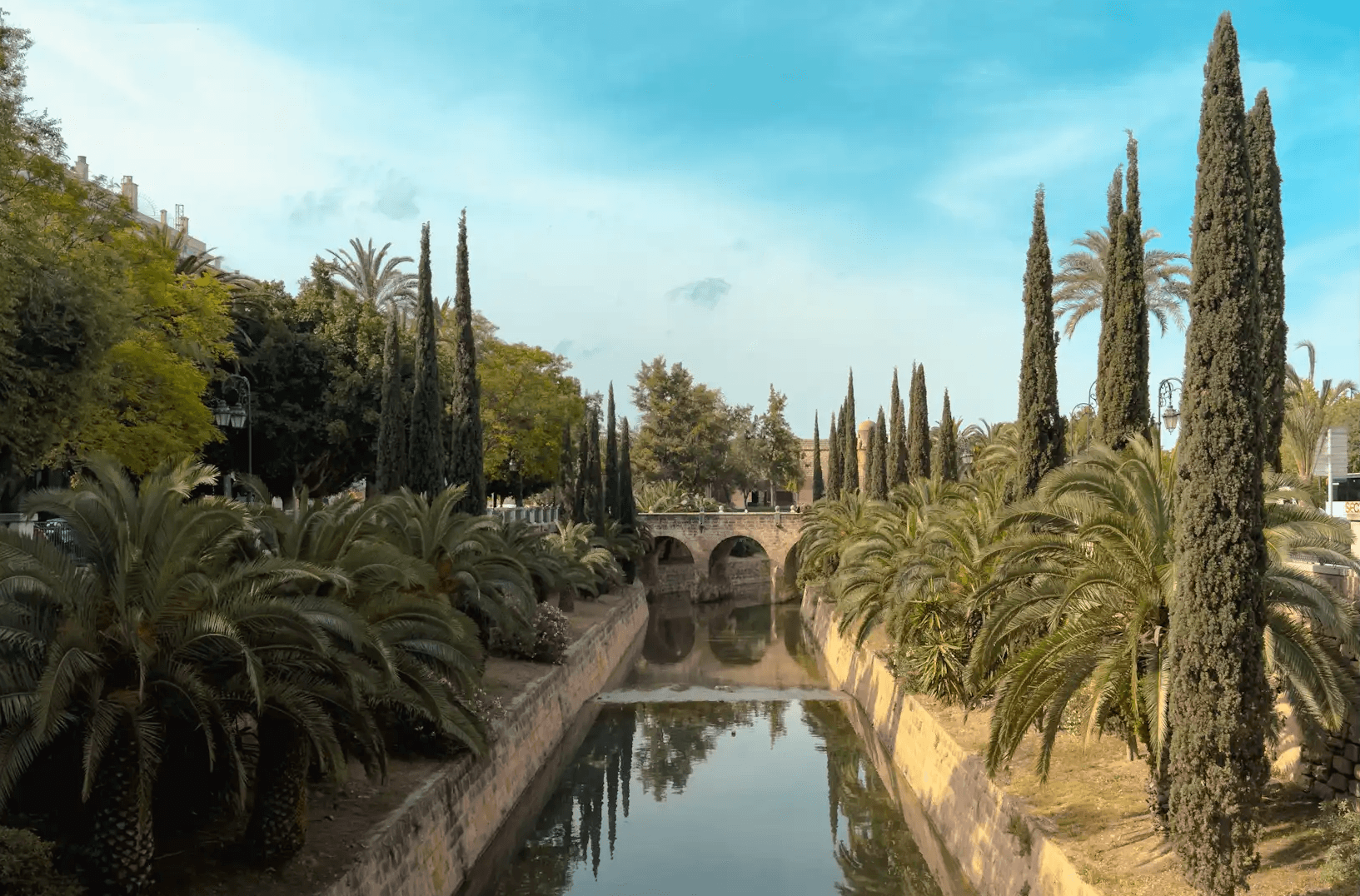Tinvisuals
Photographer | Videographer |
Content Creator
Tinvisuals
Photographer | Videographer |
Content Creator
I have a passion for creating images that capture the beauty of moment.
Photography
Photography
The Importance of Natural Light in Outdoor Photography



29 JUL 2024
For photographers, light is everything. It shapes how we see the world and transforms everyday scenes into something extraordinary. While studio lighting allows for controlled environments, natural light offers a different kind of magic that can make outdoor photography truly shine. From the soft, diffused light of a cloudy day to the warm, golden tones of a sunset, understanding how to work with natural light can elevate your outdoor photography to new heights. In this blog, we’ll explore different types of natural light, how to use them effectively, and why timing is everything when shooting outdoors.
Different Types of Natural Light
Not all natural light is created equal. Each time of day brings its own unique qualities. The soft, diffused light of the early morning can make colors appear more vibrant, while the harsh midday sun can create deep shadows and high contrast. Golden hour—just after sunrise and before sunset—is prized for its warm, glowing hues, while blue hour, just before sunrise and after sunset, offers a cooler, moodier tone. Knowing how to use these different types of light can help you create mood and drama in your photos.
Tips for Shooting in Harsh Light
While many photographers avoid shooting in direct sunlight, sometimes it can’t be helped. The key is to learn how to make the most of harsh light. Use reflectors to fill in shadows, or seek out shaded areas to soften the light. Experiment with backlighting to create silhouettes, or use the strong contrast to your advantage for dramatic, high-contrast images. With a little creativity, even the harshest light can be turned into an opportunity.
Why Timing is Everything
The best natural light is fleeting, so being prepared and understanding the importance of timing is crucial. Plan your shoots around the time of day that will give you the effect you want. Arrive early, set up your shot, and be ready to capture the moment when the light is just right. Apps like PhotoPills can help you track the sun’s movement and plan your shoot accordingly. Being in the right place at the right time can mean the difference between a good photo and a truly stunning one.
Conclusion
Mastering natural light is one of the most important skills for outdoor photographers. By learning to recognize and work with different types of light, you can enhance your images and capture the beauty of the world in all its natural glory. Whether you’re shooting landscapes, portraits, or street scenes, understanding how to harness the power of natural light will help you take your photography to the next level.
For photographers, light is everything. It shapes how we see the world and transforms everyday scenes into something extraordinary. While studio lighting allows for controlled environments, natural light offers a different kind of magic that can make outdoor photography truly shine. From the soft, diffused light of a cloudy day to the warm, golden tones of a sunset, understanding how to work with natural light can elevate your outdoor photography to new heights. In this blog, we’ll explore different types of natural light, how to use them effectively, and why timing is everything when shooting outdoors.
Different Types of Natural Light
Not all natural light is created equal. Each time of day brings its own unique qualities. The soft, diffused light of the early morning can make colors appear more vibrant, while the harsh midday sun can create deep shadows and high contrast. Golden hour—just after sunrise and before sunset—is prized for its warm, glowing hues, while blue hour, just before sunrise and after sunset, offers a cooler, moodier tone. Knowing how to use these different types of light can help you create mood and drama in your photos.
Tips for Shooting in Harsh Light
While many photographers avoid shooting in direct sunlight, sometimes it can’t be helped. The key is to learn how to make the most of harsh light. Use reflectors to fill in shadows, or seek out shaded areas to soften the light. Experiment with backlighting to create silhouettes, or use the strong contrast to your advantage for dramatic, high-contrast images. With a little creativity, even the harshest light can be turned into an opportunity.
Why Timing is Everything
The best natural light is fleeting, so being prepared and understanding the importance of timing is crucial. Plan your shoots around the time of day that will give you the effect you want. Arrive early, set up your shot, and be ready to capture the moment when the light is just right. Apps like PhotoPills can help you track the sun’s movement and plan your shoot accordingly. Being in the right place at the right time can mean the difference between a good photo and a truly stunning one.
Conclusion
Mastering natural light is one of the most important skills for outdoor photographers. By learning to recognize and work with different types of light, you can enhance your images and capture the beauty of the world in all its natural glory. Whether you’re shooting landscapes, portraits, or street scenes, understanding how to harness the power of natural light will help you take your photography to the next level.

